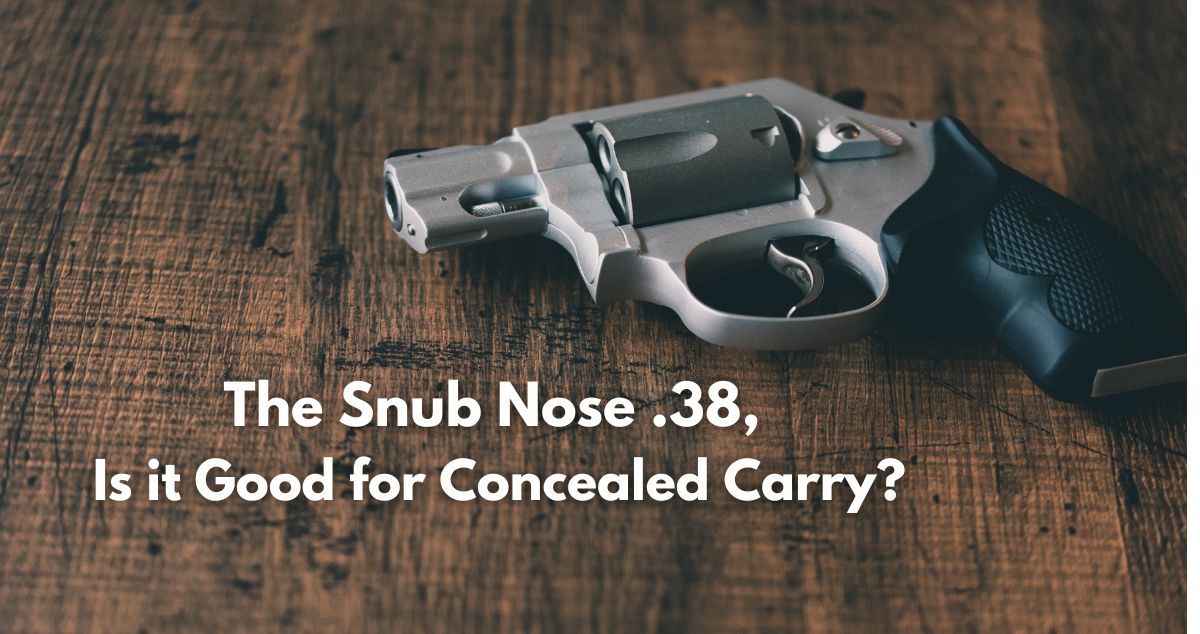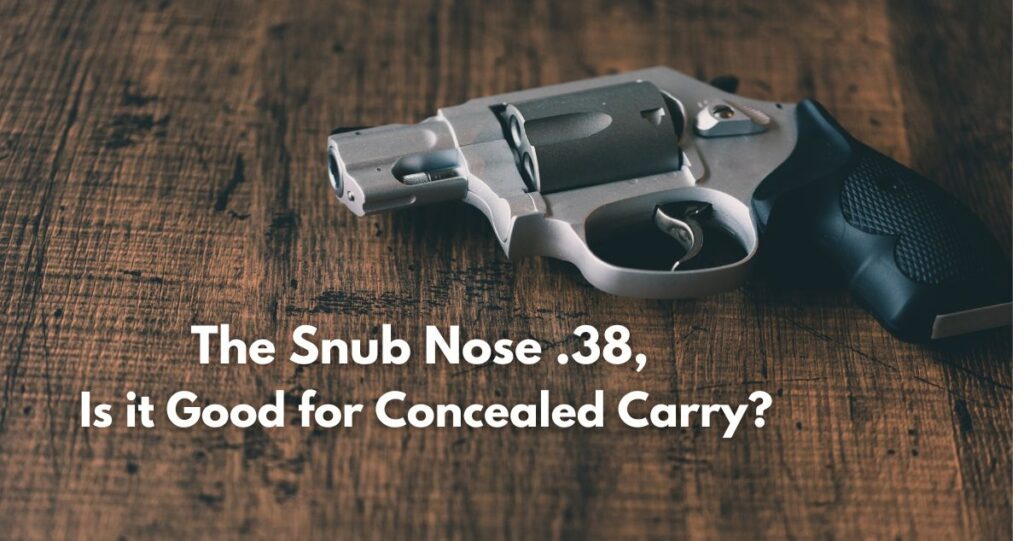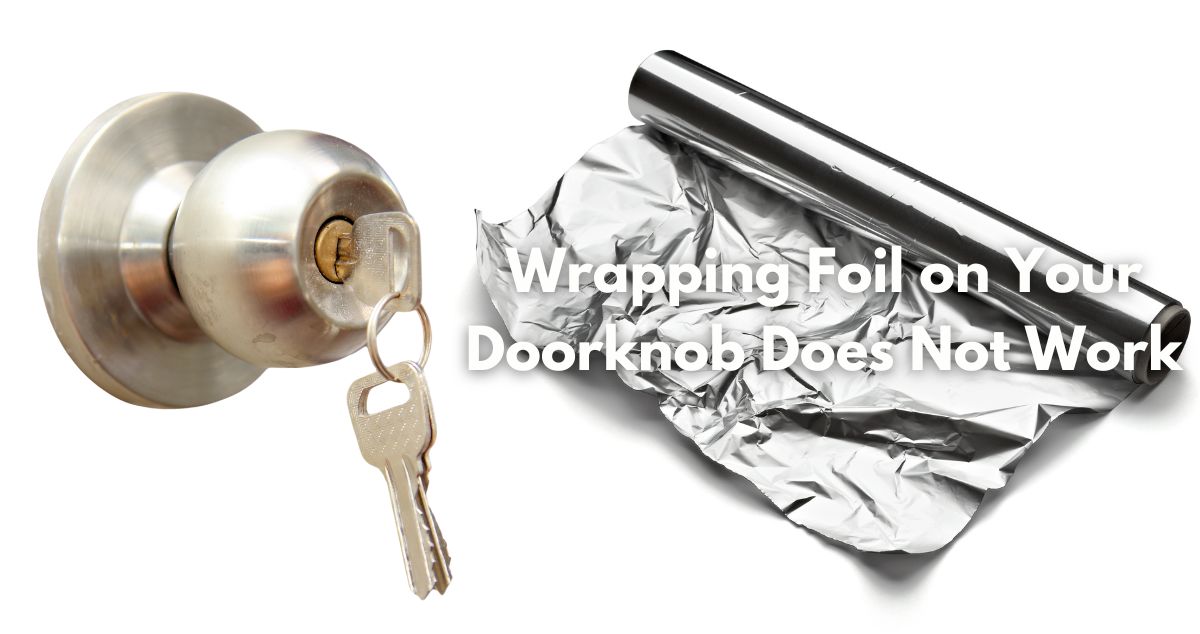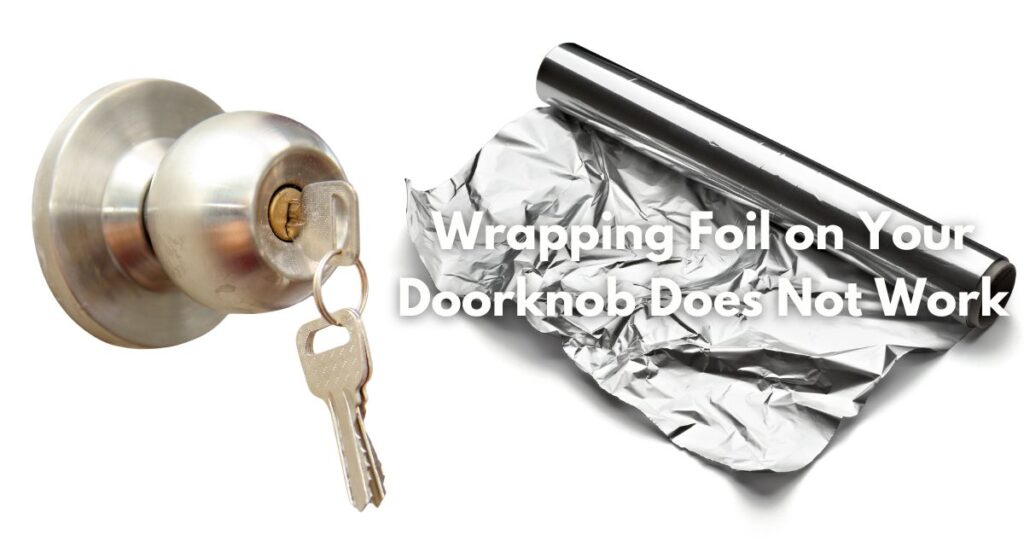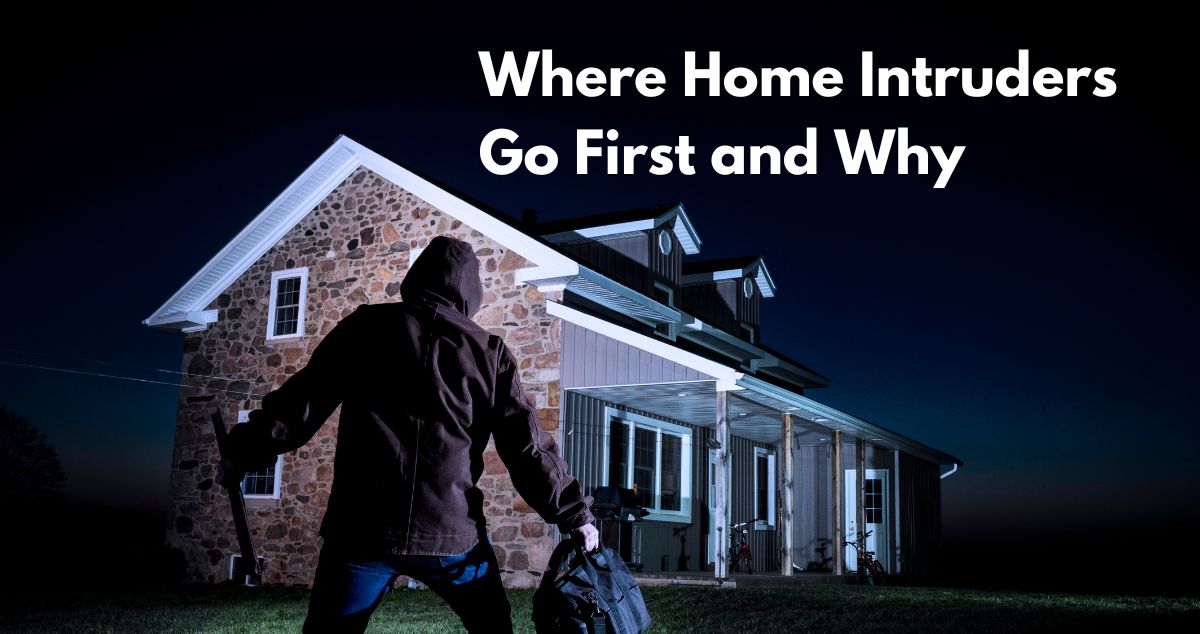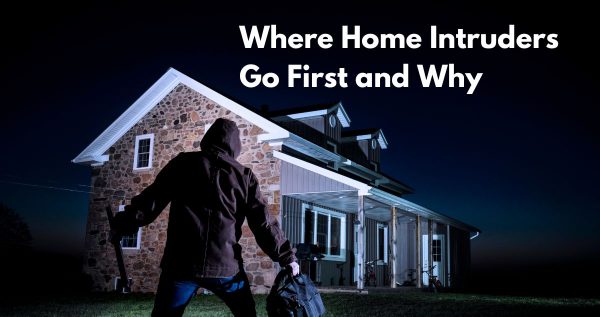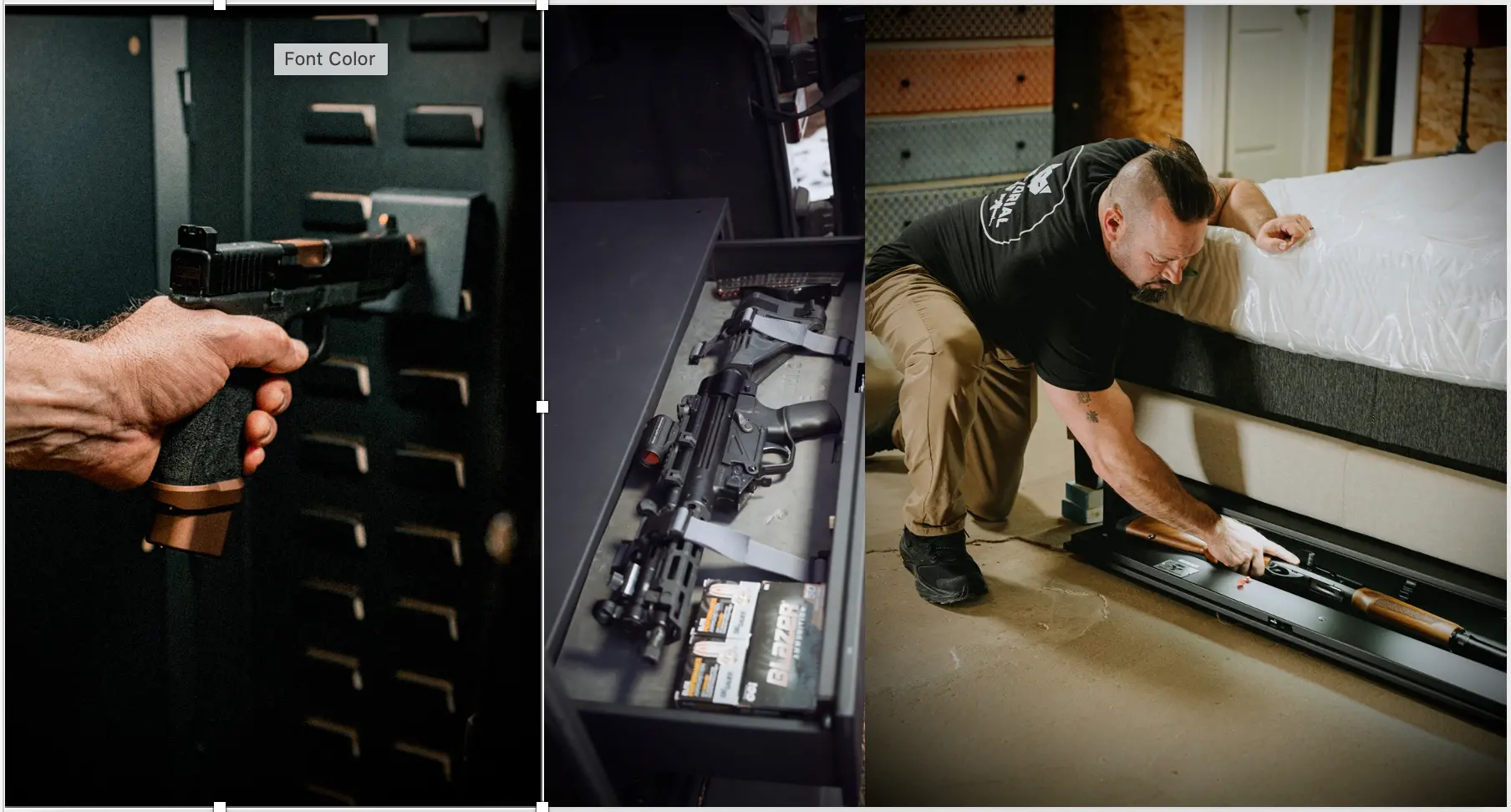
When you see an abbreviation or name and a number it normally stands for the maker of the firearm and the model number. AR-15 is ArmaLite and the 15 model, and Glock 9 which is the ninth edition of the Glock pistol.
Mossberg’s incredibly popular 500 however is a series and not the 500th version of the design, even though they’ve been designing rifles for over 100 years. 500 would be impressive considering the Mossberg 500 pump-action shotgun series did not come out until August of 1962.
A series of guns is similar to a series of cars in that the base is the same, but each is modified for a specific use or purpose. You have a standard Ford Mustang, then a Mach 1, the Shelby, a convertible, EcoBoost, etc… Each one has the essence and core of the standard model, but designed with features that cater to a specific need or market audience.
The Mossberg 500 series is the same in that it has the main features, feel, and control of one of the most loved pump-action shotguns, and it is customized into four standard variations including:
- 500® FLEX
- 500® FIELD
- 500® ATI® TACTICAL
- 500® FIELD COMBOS
Each of these variations serves a different purpose, and knowing these differences will provide you with a better experience as you use it. And we have a feeling that once you give them a try at a range, you’ll be ready to purchase one for your personal armory. Not to mention they look incredible on a gun wall which is why they’re featured often in tv and films. We share some movie and tv appearances below.
Here’s a quick table with the core specs and differences to help you figure out which Mossberg 500 is right for your needs. Then we share a bit more detail for each variation below.
500® Flex | 500® Field | 500® ATI® Tactical | 500® Field Combos | |
Barrel length | 22” – 28” | 20” – 28” | 18.5” | 22” – 24” |
Recoil | Light | Light to Medium | Medium | Medium |
Hunting (seasons) | Deer, waterfowl, and all purpose | Turkey and all purpose | Home Defense | Deer, Turkey, Waterfowl |
Home defense (1 – 10 scale) | 5 | 5 | 8 | 5 |
Gauge | 12 and 20 | 12, 20, and .410 | 12 | 12 and 20 |
Capacity (standard) | 5+1 | 5+1 | 5+1 | 5+1 |
Cost (used to new) | $350 – $700 | $400 – $1,000 | $750 | $600 – $800 |
500® FLEX
This is the ultimate multi-purpose pump-action shotgun of the series in that it has a light recoil and versatile gauges ranging from 12 – 20 making it fun for practice at a range and for hunting in the field. It’s the lowest cost out of the series making the 500® Flex an affordable option for new enthusiasts, and allows them to train and learn to shoot like a pro.
It is long so it isn’t as ideal for home defense situations as you’ll want stealth and the ability to angle and aim while turning corners, so go with the ATI® TACTICAL option if that is one of the uses you’d like this firearm for.
500® FIELD
With a versatile barrel length ranging between 20″ and 28”, an easy to handle recoil, and reasonable price point for a used or basic model, you’re going to love hunting with the 500® FIELD from Mossberg. It’s an all purpose pump-action shotgun that works for most game as it can handle 12, 20, and .410 gauges and works for everything from turkey to deer.
It is on the pricier side if you want all the whistles and bells, and just like the FLEX, it is not ideal for home defense situations. However if you’re in a rural area and the threat is far enough away, this could do the job, but is nowhere near as good as other shotguns for home defense purposes.
500® ATI® TACTICAL
Having a barrel length at 18.5”, a 12 gauge capacity, medium recoil, and a reasonable price at roughly $750, the 500® ATI® TACTICAL is your home defense and personal defense pump-action shotgun from the Mossberg 500 series. It is lightweight, accurate, and as the name states, made for tactical use.
We do not recommend it for hunting compared to the FIELD or COMBOS variation, but you could do well at a range shooting for sport. It is a tactical weapon so use it for defense and sport shooting.
500® FIELD COMBOS
When you can’t decide which option from the Mossberg 500 pump-action series to choose from, get the combo. It isn’t ideal for home defense, but as the name implies it is a combination of the best features from each of the models.
You can use it for hunting deer and turkey, practice at a range, and has the flexibility of both 12 and 20 gauges. The price point is in the middle of the other three lines ranging from $600 to $800 on average making it an affordable firearm.
If you need it for home defense, this is not as ideal as the TACTICAL option even though they have a similar recoil because the barrel length is longer. And it won’t have as much velocity as some of the Field variations which can have an extra 4” of barrel length if that is important to you.
Now that you know how to shop for the right Mossberg 500 pump-action shotgun, here’s some movies, tv shows, and fun facts to get you excited for its arrival.
The Crow (1994 version) has a Mossberg 500 in the pawn shop with a Mariner finish, and you can see two of them in Point Break three years before as two of the members in Bodhi’s gang carry them. Predator, one of the ultimate classic films, features a Mossberg 500 with Billy carrying it along with an M16.
Ready for the holidays, the Mossberg 500 shotguns are featured in Halloween (2018) and Harry and Kumar 3D holiday special. And speaking of specials, remember the classic 1987 movie Harry and the Hendersons featuring a big foot? Now’s the time to rewatch as Jacque Laleur has a Mossberg 500AT.
There’s a reason you’ll see Mossberg 500 pump-action shotguns in movies and hunting films, it’s because it is a trustworthy and reliable option, and looks great. It’s reliability is one of the reasons it is used by militaries including the US Marines, Army, and Navy, and international defensive forces like Guardia Civil in Spain.
If you found this guide to the Mossberg 500 pump-action shot gun series helpful, join our newsletter list for more content just like it below.

